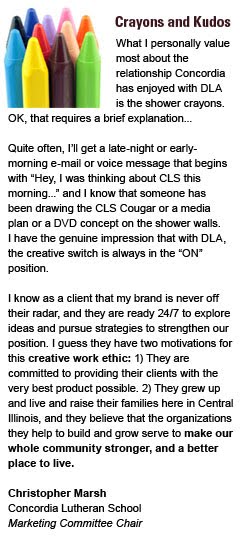Product placement is an ever-evolving venue for advertising as marketers fight for every minute of screen time. While it may seem coincidental, those branded props have often been very precisely put into a TV or movie set – sometimes at a hefty price.
ER fans may have noticed several characters brandishing about their iPhones near the end of the series, while Mac laptops have appeared in TV shows and movies galore. Apple has stated it doesn’t pay for product placement but does sometimes barter for services. In some circles, they’re known as the “master of free product placement.” According to the MarketingApple blog, Apple requires that their products not be used for negative gains – typically you’ll find the good guy using a Mac, iPod or other Apple device.
Lights, Camera, Action
According to “I Can Make Your Product a Star” in Business Week, some brands hire shops like Propaganda to get their items integrated into a motion picture. Propaganda’s owner, Ruben Igielko-Herrlich explains the subtleties of product placement, “It if looks like a billboard, no one will notice it.”
The BW article goes on to say that LG agreed to spend $10 million to help market the latest Transformers movie and get its cell phone into the film. This isn’t a new concept – just a costlier one in recent years.
Flash back to 1982. Steven Spielberg originally approached Mars with the idea of product placement of M&Ms in his upcoming movie, E.T. the Extra-Terrestrial. Mars declined. Spielberg approached the Hershey Chocolate Company, who turned down the idea of their flagship product Hershey’s Kisses but chose Reese’s Pieces instead. Immediately after the movie was released, sales of Reese’s Pieces increased by 65%. (Source: Wikipedia.)
The next time you’re watching a movie or TV show and your favorite character sips a Coke, caresses his Ferrari’s steering wheel or punches in a phone number on his Blackberry, stop and think… How much did it cost to put that product in his hand?


No comments:
Post a Comment